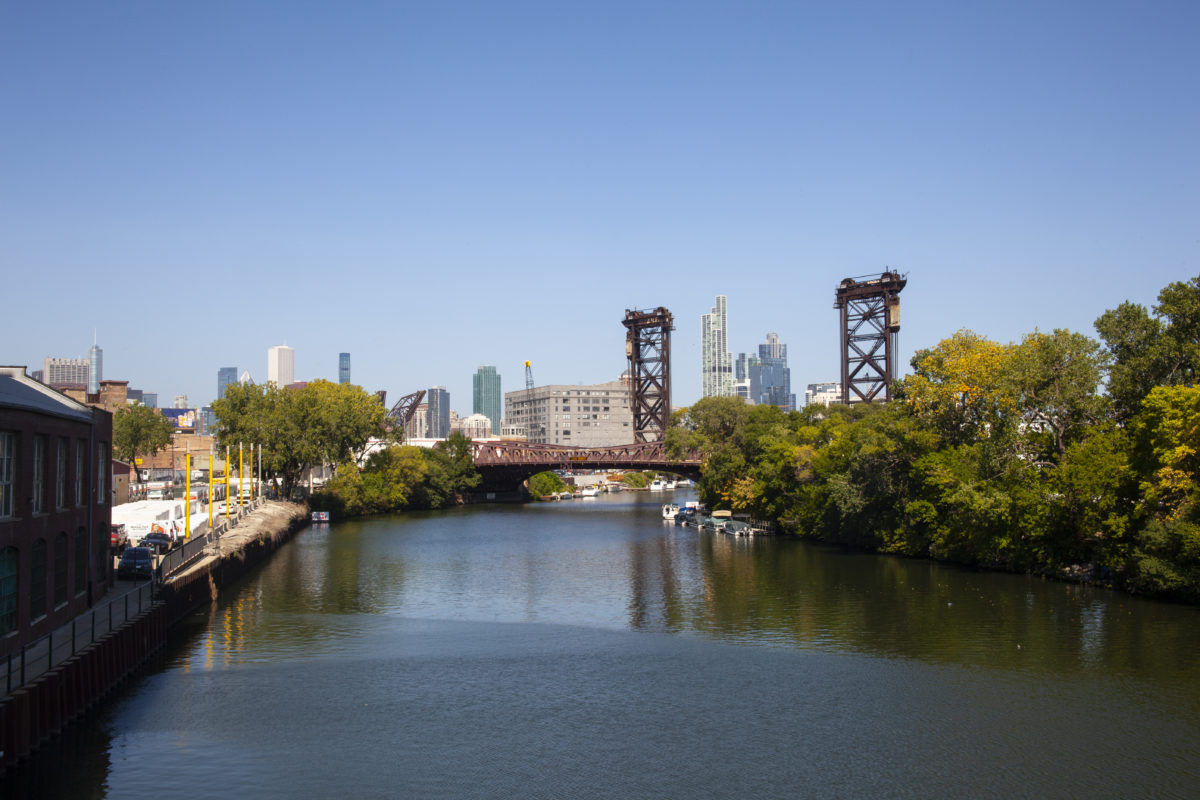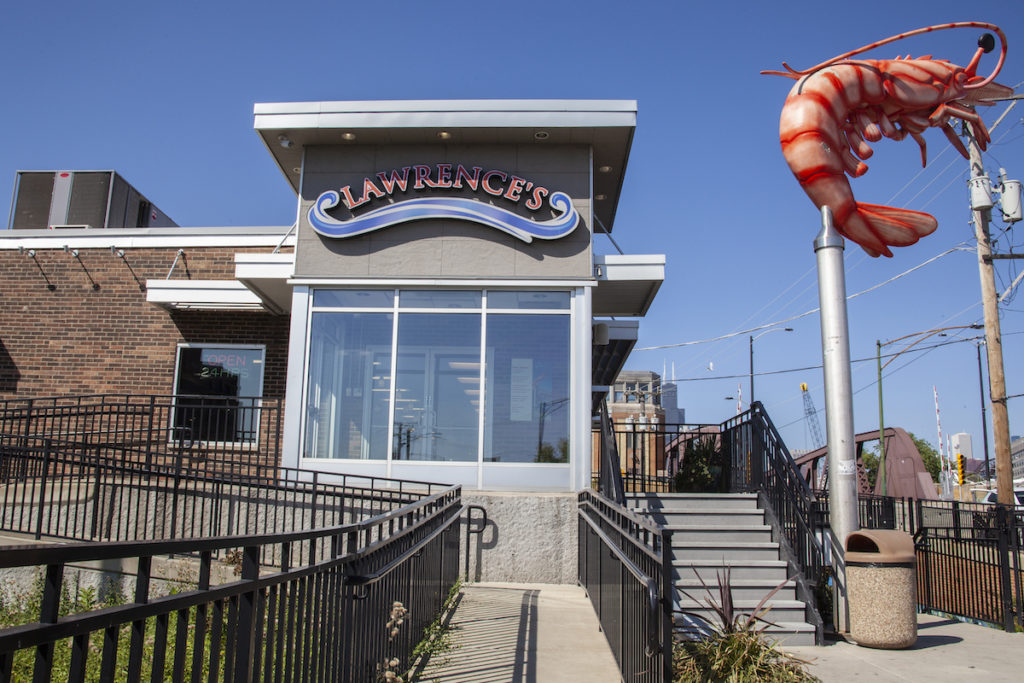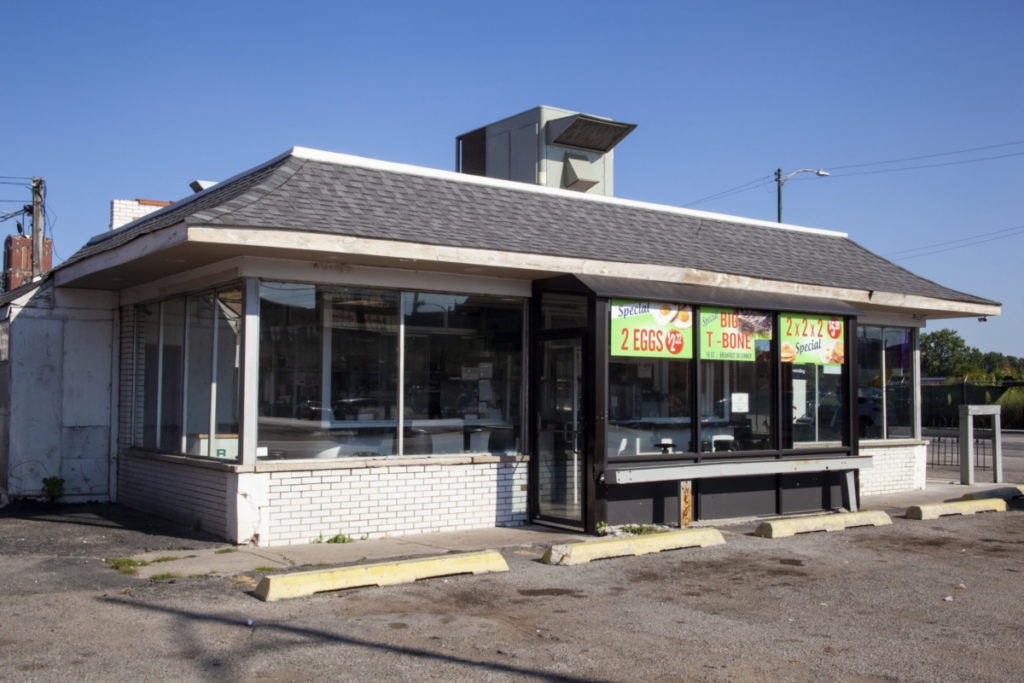- Best After Dark Destination: Kevin’s Hamburger Heaven
- Best Designed Park: Fuller (Melville) Park
- Best Fishing: Park 571
- Best Shrimp Shack: Lawrence’s Fish and Shrimp
- Best Breaded Steak Sandwich: Ricobene’s
Portside, right off the lake, down by the river, just over a bridge and off the train tracks: Bridgeport and Canaryville, a bridge to the South Side.
This place has been shared, and divided, between different nations and nationalities for millennia. The Ojibwe, Odawa, and Potawatomi nations had lived, and live, on this land. In the earliest days of the nineteenth century, settlers set up an outpost, claiming the land as “Hardscrabble.” And in 1836—in the wake of the devastation wrought by the Black Hawk War—it became Bridgeport. From its earliest days, Bridgeport was home to working-class immigrant communities—the Irish, Italian, Polish—that were integrated into whiteness as the years passed. At times, it was an enclave, guarded by racist violence and ruled by the Daleys. Yet that is changing: the neighborhood is now one of the most diverse in the city, and is overseen by Nicole Lee, the City’s second-ever Asian-American alderperson.
In this neighborhood you can find art, culture, and cuisine on every street corner and under every street lamp. Make your way to 26th and Wentworth, the last stop before Chinatown—the smell of neighborhood food lingers. All along Archer Avenue, the roots of this city run deep. On Halsted from 31st to 35th, there are restaurants galore, and from there, it’s a straight shot to beautiful Canaryville. Since 1925, the Stock Yards Bank has remained on Halsted and Root Street, the last remnant of the meat packing industry.
Parks and native plant life keep the Canaryville spirit alive—each tree has its own history, and still houses the sparrows which the neighborhood was named after. Fireworks from old Comiskey still echo through the streets. Bridgeport and Canaryville, Chicago’s original grounds.
Note 10/26: The introduction was updated to make small factual corrections and to more intentionally represent the area’s Indigenous history.
Neighborhood captain Santino Napolillo is just a Chicago artist doing his part to help save the world.





